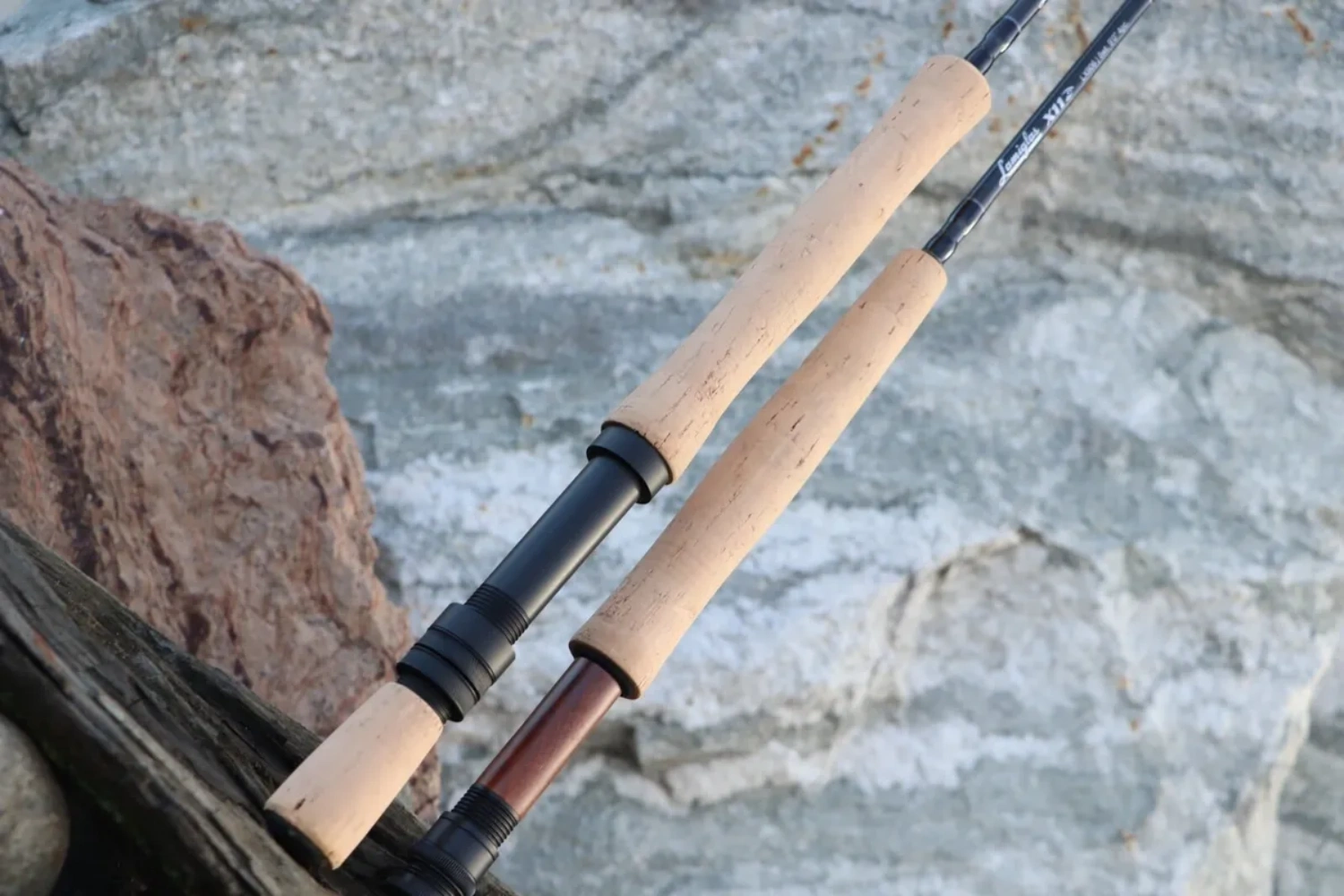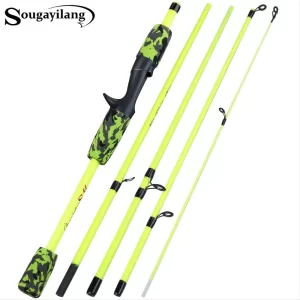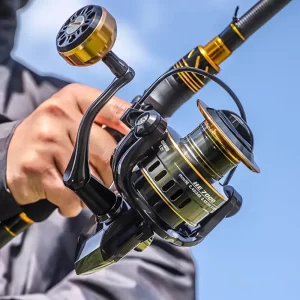Fishing is an ancient practice, but behind the seemingly simple act of casting a line into the water lies a sophisticated piece of technology – the fishing rod. At the heart of this equipment is the fishing rod blank, an unassuming yet critical component that plays a pivotal role in an angler’s success.
Understanding the Blank: A Brief Overview
The fishing rod blank is essentially the main shaft or body of the rod, providing structural integrity and determining its fundamental characteristics. Typically made from a variety of materials, the most common being fiberglass, graphite, and more recently, carbon fiber, the blank acts as the canvas upon which the entire rod is constructed.
The Evolution of Materials: From Classic to Cutting-Edge
Traditionally, fishing rod blanks were crafted from bamboo, offering a combination of flexibility and strength. While bamboo rods are still cherished by purists for their classic feel, modern materials have taken center stage.
Fiberglass emerged as a revolutionary material, bringing durability and affordability to the fishing rod industry. It’s known for its forgiving nature, making it an excellent choice for beginners and anglers who appreciate a slower action rod.
Graphite, a lightweight and highly sensitive material, revolutionized the industry once again. Graphite blanks are characterized by their responsiveness, allowing anglers to feel the subtlest of bites. This material is particularly favored in applications where sensitivity and precision are crucial, such as bass fishing.
In recent years, carbon fiber has become the go-to material for high-end fishing rod blanks. Its incredible strength-to-weight ratio provides unmatched performance. Carbon fiber blanks are not only lightweight and sensitive but also robust, offering the power needed to handle larger fish.
Crafting the Blank: A Delicate Balance
The process of crafting a fishing rod blank involves a delicate balance between materials, design, and manufacturing techniques. Modern blanks are often made by layering materials in specific patterns, a process known as “layup.” This layering allows manufacturers to control the rod’s action, power, and overall performance.
Blank design is also crucial. The taper, or how the diameter of the blank changes from the handle to the tip, influences the rod’s action. A fast taper provides a quick, powerful response, while a slow taper creates a more gradual bend, ideal for absorbing the shock of a fish’s sudden movement.
Customization and Specialization: Tailoring Blanks for Every Angler
One of the advantages of modern blank materials and manufacturing techniques is the ability to customize rods to suit specific fishing styles. Manufacturers and custom rod builders alike can fine-tune blanks to cater to a diverse range of angling scenarios. Whether it’s a stiff offshore rod for battling big game fish or a delicate fly rod for precision casting, the journey of the blank is tailored to meet the needs of the angler.
The Blank Canvas of Angling Mastery
As anglers cast their lines into the waters, they do so with a tool that has evolved through centuries of innovation. The fishing rod blank, once a humble piece of bamboo, has transformed into a marvel of modern engineering. From fiber to fish, the journey of the fishing rod blank reflects not only technological progress but also the deep connection between angler and equipment. In the end, it’s not just about the materials but the artistry and science of turning those materials into a tool that brings the thrill of the catch to every angler.







